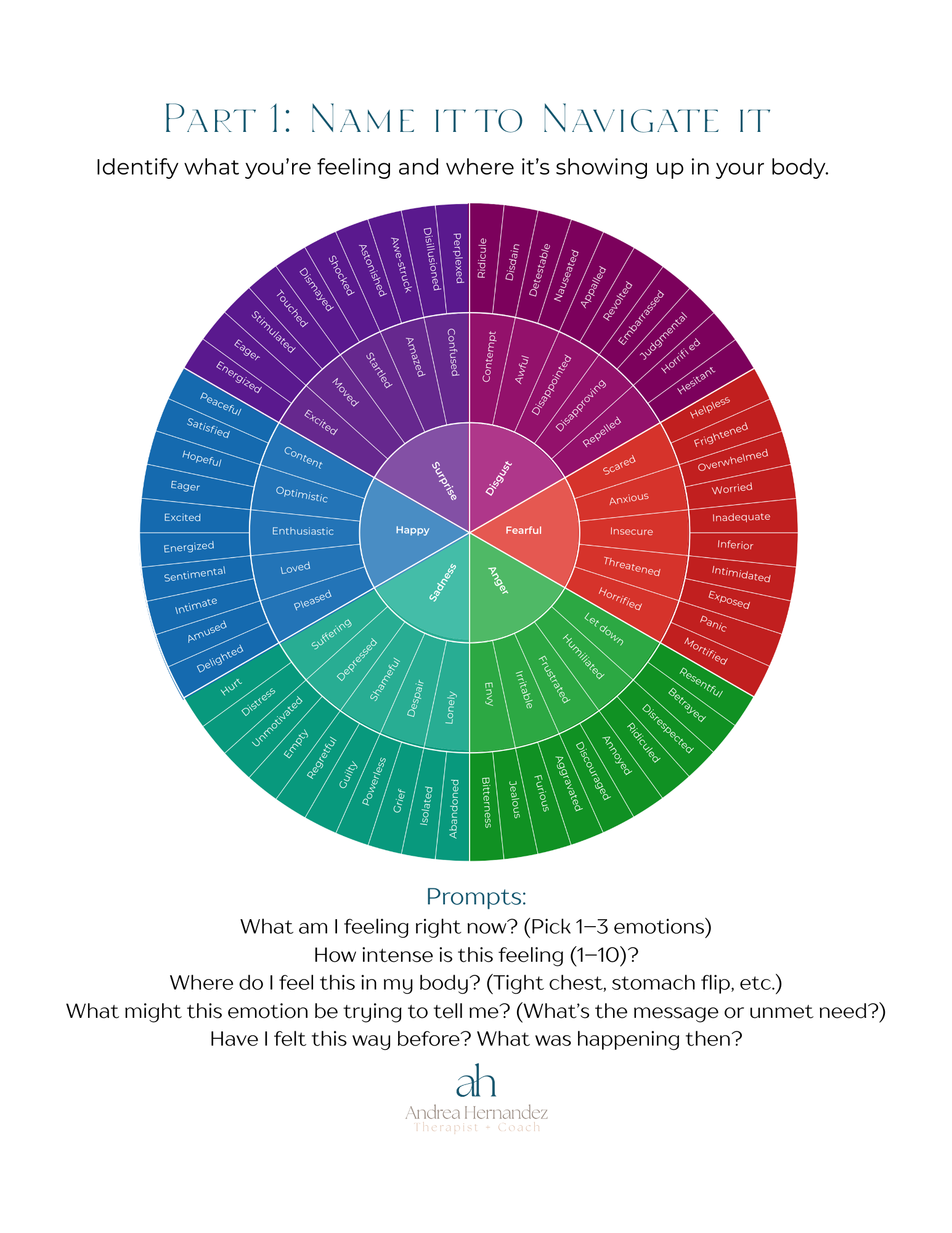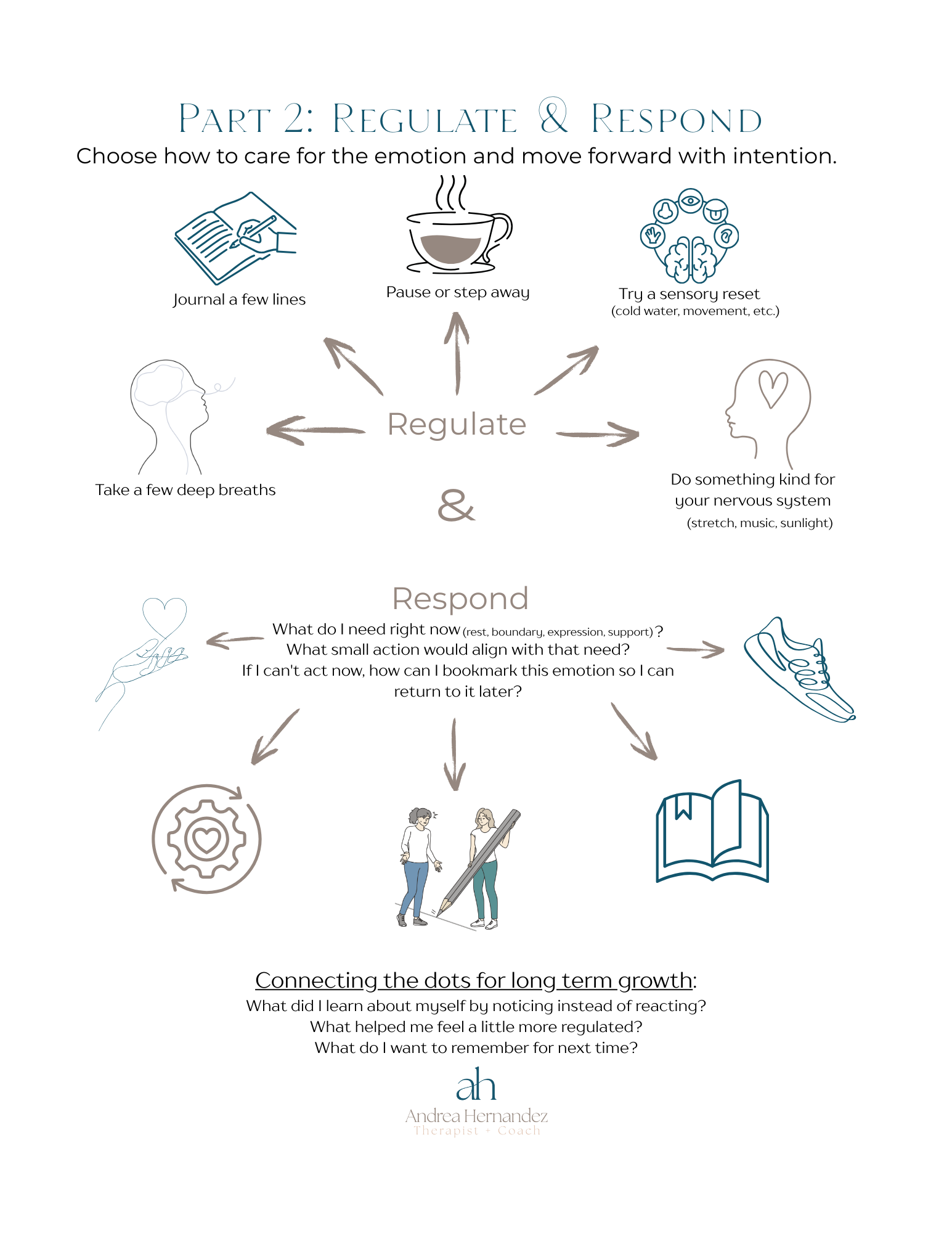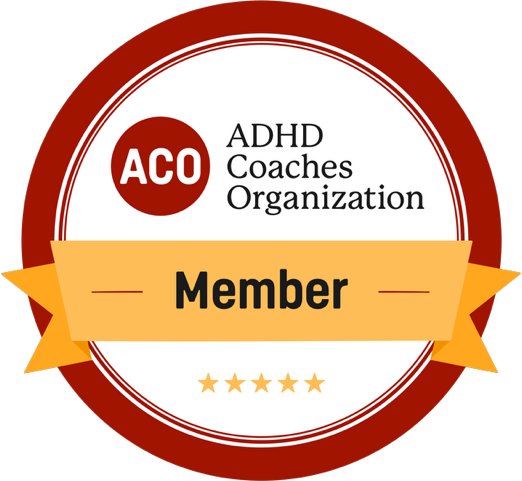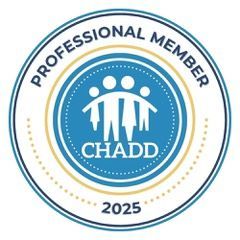How to Prepare for a Hard Conversation—Without Losing Yourself
Most of us weren’t taught how to have hard conversations. We learned to avoid, appease, over-explain, or explode. And when the stakes feel high—especially in close relationships—it’s easy to freeze, second-guess ourselves, or fear how the other person might react. The fear of conflict or rejection, the pressure to say it perfectly, or the worry about how the other person might react, can feel overwhelming. So we wait. Or we vent. Or we stay silent—telling ourselves it’s not a big deal.
But here’s the truth: hard conversations are where growth happens. They’re how we build trust, clarity, and mutual respect—both within ourselves and in our relationships.
And just as importantly, hard conversations can help us
discern who we’re dealing with. When we communicate with honesty, care and accountability, we learn a lot—about ourselves and about the people we’re in conversation with.
Why Preparation Matters
It’s tempting to wing it, “just be honest” or hope for the best—but when stakes are high, emotion is strong, or patterns are old, good intentions aren’t always enough. Without preparation, even the most thoughtful person can lose their footing.
Taking time to reflect beforehand helps you:
- Get grounded in your values so you don’t spiral in the moment.
- Clarify your message so you can express it clearly and calmly.
- Anticipate your emotional responses so you don’t abandon yourself mid-conversation.
- Notice what’s yours to carry—and what isn’t.
- Stay anchored in your values instead of getting swept up in emotion
- Clarify your message so you can speak with intention
- Anticipate your triggers so you don’t abandon yourself in the moment
- Notice what’s yours to carry—and what’s not
From Emotion to Intention: A Thoughtful Internal Process
I like to think of communication as moving through three internal stages:
Feel → Think → Act.
Most of us skip right to action—or freeze and avoid it altogether. Instead, slowing down and working through this internal sequence helps us stay grounded and intentional, especially in conversations that feel emotionally charged.
Here’s what that really means:
Our feelings are fast, strong, and intuitive. They often show up before we even fully understand why. Rather than ignoring or suppressing them, I encourage clients to turn toward those emotions with curiosity. What is this feeling alerting you to? What boundary might be crossed, value stirred, or need unmet?
That’s where “Feeling is for thinking, thinking is for acting” comes in. It’s a simple shorthand I use to describe a powerful process:
- Feeling shows us something important is happening that we should pay attention to.
- Thinking helps us reflect, process, and understand what that something is.
- Acting then becomes a conscious choice—one aligned with your values, not your reactivity.
This isn’t about suppressing emotions—it’s about letting them inform your response, rather than dictate it. When we take the time to reflect, we not only communicate more clearly, we also show up more fully. We become both more self-aware and more discerning of how the other person is showing up, too.
A Framework that Helps
That’s the intention behind my free handout, Preparing for a Hard Conversation . It walks you through five key steps:
1. Clarify your goal. Are you seeking resolution, setting a boundary, or simply needing to be heard?
2. Check in with your emotions and needs. What are you feeling? What do you need to feel steady and grounded?
3. Get clear on what you actually want to say. What truth do you want to express? What values do you want to stay aligned with?
4. Prepare for discomfort. what might be hard, and how will you respond? What tools can you use if things get tense?
5. Anchor to your values. What would it mean to walk away from this conversation with
your head high?
This isn’t about saying everything perfectly.
It’s about showing up with courage, intention, and care.
The Bonus Insight: Communication Reveals Character
One of the most empowering outcomes of doing this kind of internal work is discernment—not just about your message, but about the dynamic you’re in.
When you communicate calmly, clearly, and kindly, you create an opportunity for connection and
growth. But not everyone will meet you there. If someone responds with blame, gaslighting, deflection, or manipulation—it’s not confusing anymore. You’re seeing emotional immaturity or defensiveness clearly, instead of internalizing it.
What that happens, your grounded preparation gives you a powerful gift: You see it more clearly—and you know it’s not about you. You may still feel hurt or disappointed. But you’ll also feel more confident in your assessment of the situation—and less likely to blame yourself and respond (or disengage) with trust in yourself.
I’ve created a free downloadable handout, The Pause That Changes Everything—a simple 5-step guide you can use when overwhelm or avoidance shows up. It walks you through how to move from automatic reactivity to intentional decision-making, using compassion and clarity as your anchors.
It’s a small resource that can make a meaningful difference—especially if you’re working on emotion regulation, discernment, or living more in alignment with your values.
A Final Word
Hard conversations can feel intimidating—but they don’t have to be chaotic or damaging. Being able to communicate clearly, especially in hard moments, is a powerful skill. It’s also an act of self-respect.
Even when resolution isn’t possible, something powerful happens: You stop abandoning yourself to keep the peace.
If you’re preparing for a conversation you’ve been avoiding—or just want to build this skill— Download the free handout: Preparing for a Hard Conversation. It walks you through each step with prompts and practical tools.
Because clear, values-aligned communication isn’t just a skill—it’s a way of staying true to yourself.
Want support?
If you’re noticing emotional overload, confusion, or relational stress on a daily basis, you're not alone. Whether through therapy or coaching, I help clients untangle these dynamics, reconnect with themselves, and move forward with clarity and self-trust.
Explore my
free resource library or
get in touch if you're ready to start untangling the overwhelm.
Please complete the form below to gain access to my handouts library.



















